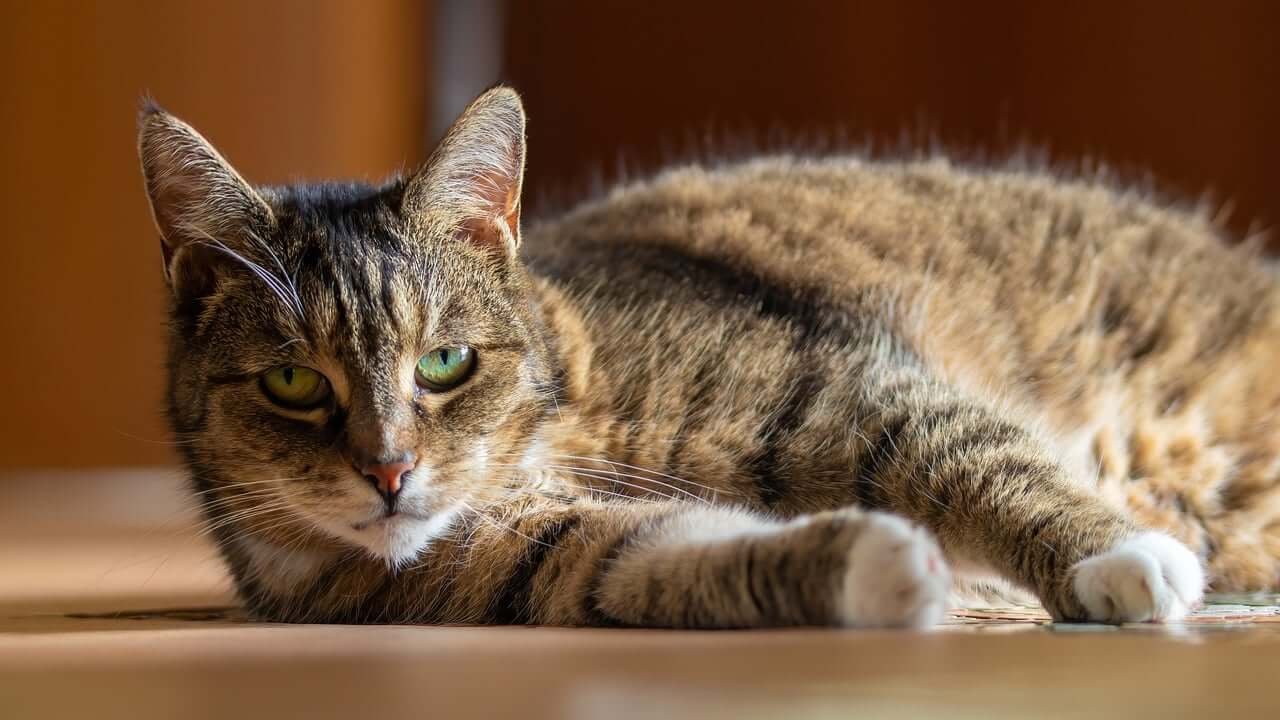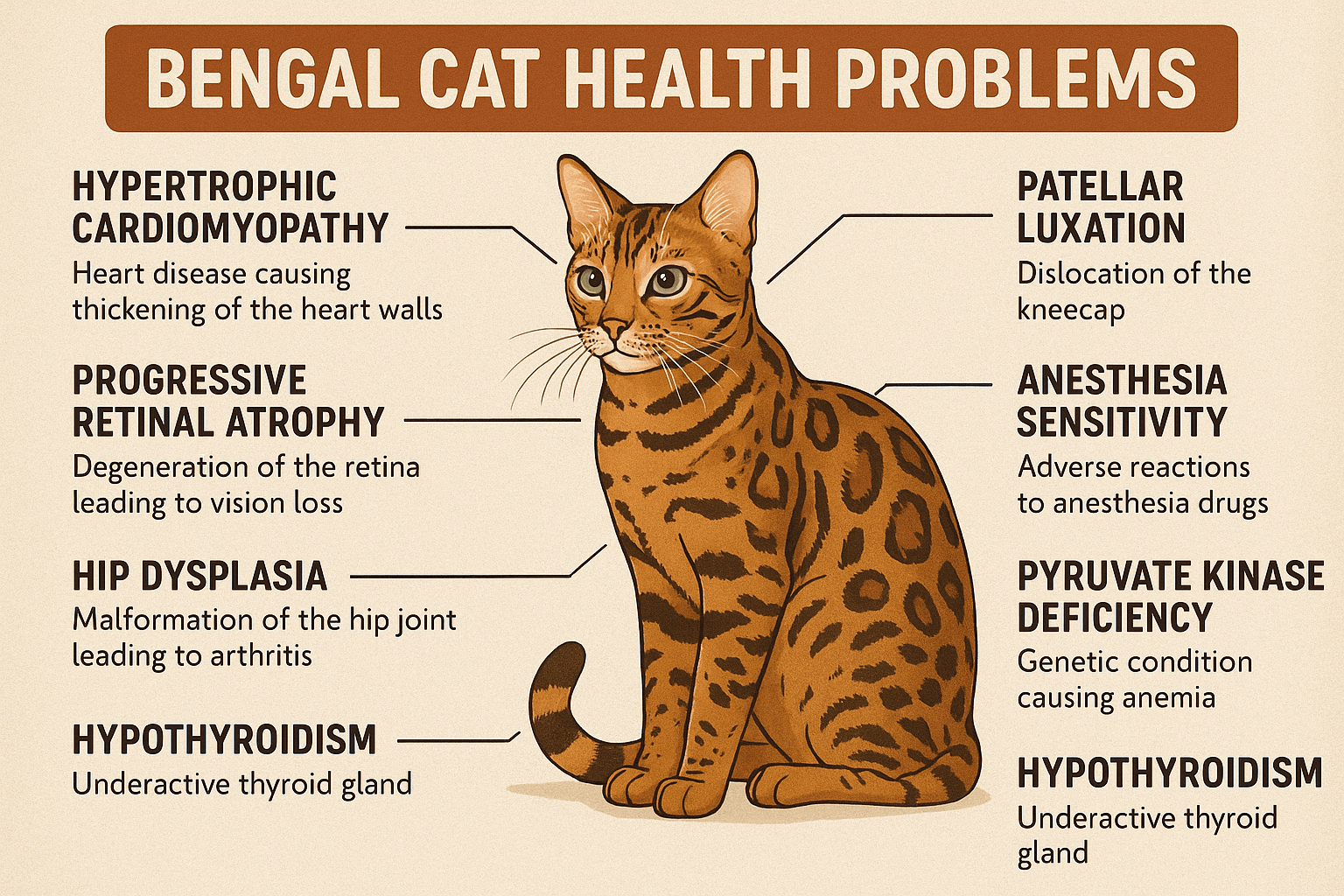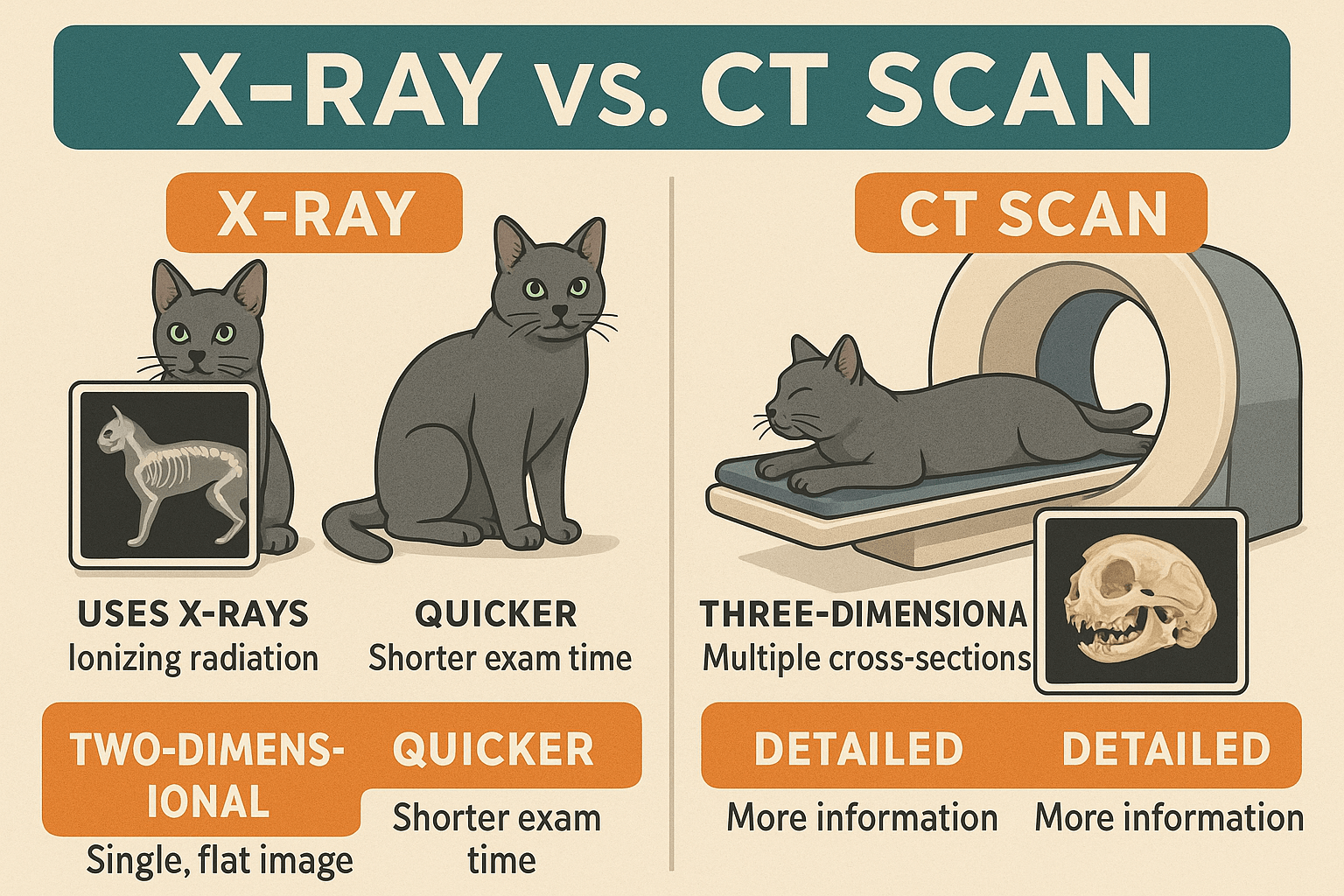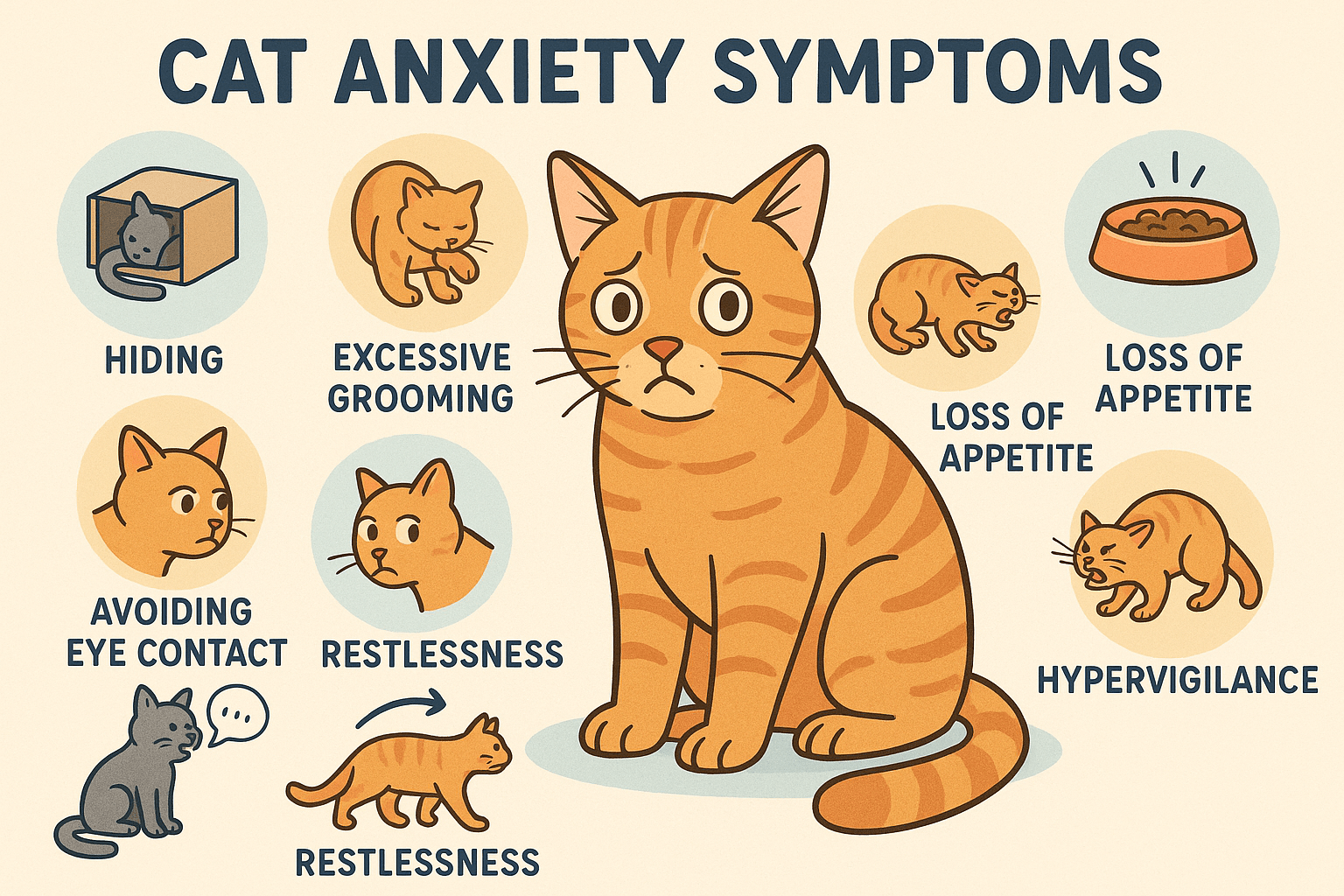Why Does My Cat Bite Then Lick Me? Decoding Feline Behavior
Cats are fascinating creatures, full of quirks and mysteries that often leave their owners puzzled. One behavior that many cat owners encounter is the curious combination of biting followed by licking. If you’ve ever found yourself wondering, “Why does my cat bite then lick me?” you’re not alone. This seemingly contradictory action can be confusing, but it’s actually a common way for cats to communicate.
In this blog post, we’ll explore the reasons behind this behavior, delve into the emotional and instinctual motivations of your feline friend, and provide tips on how to respond appropriately. Whether you’re a seasoned cat parent or new to the world of pet ownership, understanding this behavior will deepen your bond with your furry companion.
Understanding the Biting-Licking Combo: A Cat’s Unique Communication Style
Cats communicate in ways that go beyond meowing or purring. Their actions, such as biting and licking, often carry deeper meanings. Here’s a breakdown of what might be going through your cat’s mind when they alternate between these behaviors:
- Affectionate Grooming: Cats groom each other (and sometimes their humans) as a sign of affection. Licking mimics this behavior, while gentle bites may indicate playful interaction.
- Territorial Marking: Cats have scent glands in their mouths. By licking and nibbling, they may be marking you as part of their territory.
- Playful Instincts: Kittens often play-fight with their littermates, which includes biting and licking. Your cat might be channeling this playful energy toward you.
- Overstimulation: Sometimes, a cat may bite out of overstimulation during petting and then lick to soothe or apologize.
- Mixed Signals: Cats don’t always express emotions in linear ways. Biting and licking together could simply reflect conflicting feelings—like wanting attention but also needing space.
While this behavior might seem odd, it’s important to remember that cats use body language and physical actions to convey complex messages. Understanding these signals can help you better interpret your cat’s needs.
Why Do Cats Alternate Between Biting and Licking? Common Triggers
The biting-licking pattern isn’t random—it’s usually triggered by specific situations or emotions. Below are some common scenarios that might explain why your cat exhibits this behavior:
- Seeking Attention: Cats may bite lightly to get your focus and then lick to show they want affection.
- Anxiety or Stress: When feeling anxious, cats sometimes resort to self-soothing behaviors like licking, combined with biting as an outlet for frustration.
- Teething or Dental Issues: Kittens going through teething stages or adult cats with dental discomfort may alternate between biting and licking due to oral sensitivity.
- Bonding Rituals: Licking is a bonding activity, while biting can signify trust—a mix of both means your cat feels close to you.
- Misdirected Aggression: If your cat is upset about something else (e.g., another pet nearby), they might redirect their emotions onto you through biting and licking.
By observing the context in which this behavior occurs, you can gain valuable insights into your cat’s emotional state. Paying attention to triggers will help you respond more effectively.
Check this guide 👉 Why Is My Cat Dragging Their Butt? Best 7 Expert Tips!
Check this guide 👉 Why Do Cats Lick Their Lips? Best 7 Expert Care Tips!
Check this guide 👉 Why Is My Cat Panting After Playing? Best 7 Expert Care Tips

Possible Reasons for Biting | Possible Reasons for Licking |
|---|---|
Playful instincts | Showing affection |
Overstimulation | Grooming behavior |
Territorial marking | Calming themselves or others |
Anxiety or stress | Seeking comfort |
Dental issues | Bonding ritual |
How to Respond to Your Cat’s Biting-Licking Behavior
If your cat frequently alternates between biting and licking, it’s essential to know how to react appropriately. Ignoring or punishing them could damage your relationship, so here are some constructive ways to handle this behavior:
- Stay Calm: Avoid reacting strongly to bites, as sudden movements might confuse or scare your cat.
- Redirect Energy: Offer toys or scratching posts to channel their biting instincts away from your skin.
- Set Boundaries: Gently say “no” or stop interacting if the biting becomes too rough, teaching them what’s acceptable.
- Reward Good Behavior: Praise your cat or give treats when they display gentle interactions instead of biting.
- Consult a Vet: If the behavior seems excessive or unusual, consult a veterinarian to rule out medical causes like pain or anxiety.
Remember, patience is key when addressing any behavioral issue. With consistent effort, you can guide your cat toward healthier forms of communication.
Preventing Problematic Biting While Encouraging Positive Interactions
While occasional biting and licking is normal, it’s crucial to prevent aggressive biting from becoming a habit. Here are steps you can take to encourage positive interactions:
- Understand Body Language: Learn to recognize signs of agitation, such as flattened ears or twitching tails, before biting occurs.
- Provide Mental Stimulation: Engage your cat with puzzle toys or interactive games to reduce boredom-related biting.
- Limit Petting Time: Some cats dislike prolonged petting. Watch for cues and stop before they become overstimulated.
- Socialize Early: For kittens, early socialization helps them learn appropriate ways to interact with humans.
- Use Positive Reinforcement: Reward calm and friendly behavior consistently to reinforce good habits.
By implementing these strategies, you can minimize unwanted biting while strengthening the bond you share with your cat.
Signs Your Cat Is Showing Affection Through Biting and Licking
Cats express affection in subtle ways, and the combination of biting and licking can be one of them. While it might seem contradictory, these actions often stem from feelings of love and trust. Here are some signs that your cat’s behavior is rooted in affection:
- Gentle Nibbles: If the bites are soft and don’t break the skin, it’s likely a sign of endearment rather than aggression.
- Followed by Purring: Cats often purr while licking or nibbling, indicating contentment and relaxation.
- Focused on Hands or Face: Cats tend to target areas they associate with bonding, such as hands or faces, during affectionate moments.
- Accompanied by Kneading: Kneading with their paws while licking or biting is a throwback to kittenhood and signifies comfort.
- Consistent Behavior: If this pattern happens regularly in calm settings, it’s a clear sign of affection.
In conclusion, when your cat alternates between biting and licking in a gentle, predictable manner, it’s their way of showing love. Embrace these moments as a testament to the strong bond you share.
How to Differentiate Between Playful and Aggressive Biting
Not all biting is created equal—some bites are playful, while others may indicate frustration or aggression. Understanding the difference is crucial for maintaining a positive relationship with your cat. Here’s how to tell the two apart:
- Playful Bites Are Soft: Playful bites rarely hurt and are often accompanied by relaxed body language, like a swishing tail or forward-facing ears.
- Aggressive Bites Are Sudden: Aggressive bites usually happen without warning and feel sharper or more forceful.
- Context Matters: Playful biting often occurs during interactive sessions, while aggressive biting might follow overstimulation or stress.
- Body Language Clues: A playful cat will crouch low, wiggle their hindquarters, or pounce lightly, whereas an aggressive cat may hiss, growl, or flatten their ears.
- Post-Bite Behavior: After playful biting, cats typically return to normal activities, but after aggressive biting, they may retreat or remain tense.
By observing these subtle differences, you can better understand your cat’s intentions and respond appropriately, ensuring both your safety and theirs.
Tips for Reducing Overstimulation-Induced Biting
Overstimulation is a common cause of biting in cats, especially during petting sessions. When cats become overwhelmed, they may resort to biting as a way to communicate their discomfort. Here are some tips to minimize overstimulation-induced biting:
- Limit Petting Time: Keep petting sessions short and sweet to avoid overwhelming your cat.
- Avoid Sensitive Areas: Focus on areas cats enjoy being touched, like the head or chin, and avoid stroking their belly or tail.
- Watch for Warning Signs: Look for signs of irritation, such as twitching skin, flattened ears, or a flicking tail.
- Introduce Breaks: Pause periodically during petting to give your cat time to process and relax.
- Respect Their Boundaries: If your cat moves away or seems disinterested, let them take a break instead of forcing interaction.
By being mindful of your cat’s limits and respecting their personal space, you can reduce overstimulation-related biting and create a more peaceful environment for both of you.
Frequently Asked Questions About Cat Biting and Licking
Is it normal for my cat to bite and lick me at the same time?
Yes, this behavior is quite common and typically stems from affection, playfulness, or mixed emotions.
Should I punish my cat for biting?
No, punishment can harm your relationship. Instead, redirect their behavior and reward gentleness.
Why does my cat bite me but not others?
Your cat may feel more comfortable expressing mixed emotions with you because of the strong bond you share.
Could health issues cause my cat to bite and lick excessively?
Yes, dental problems or underlying stress could contribute to this behavior. Consult a vet if concerned.
How can I tell if my cat’s bite is playful or aggressive?
Playful bites are usually soft and accompanied by relaxed body language, while aggressive bites are firmer and paired with tense posture.
Conclusion: Strengthening Your Bond Through Understanding
Cats are wonderfully expressive animals, and their biting-licking behavior is just one example of their unique ways of communicating. By taking the time to understand why your cat engages in this behavior, you can foster a deeper connection and create a harmonious living environment. Remember, every cat is different, so patience and observation are key. Whether it’s affection, playfulness, or a need for attention driving their actions, responding with care and consistency will ensure a happy and healthy relationship. So the next time your cat bites then licks you, smile knowing it’s their special way of saying, “I love you.”
High Liver Enzymes in Cats: Best 7 Expert Tips! Discover causes, symptoms, and treatment options for elevated liver enzymes in cats. Learn how to support your cat’s liver health effectively.
Bengal Cat Health Problems: Best 7 Expert Tips! Discover expert advice on common Bengal cat health issues, preventive care, and tips to keep your feline friend healthy and happy for years to come.
X-Ray vs CT Scan for Cats: Best 7 Expert Tips! Discover key differences, benefits, and expert advice on choosing the right imaging method for your cat’s health needs.
Cat Anxiety Symptoms: Best 7 Expert Tips! Discover signs of feline stress, effective calming strategies, and expert advice to help your cat feel safe, happy, and relaxed at home.





